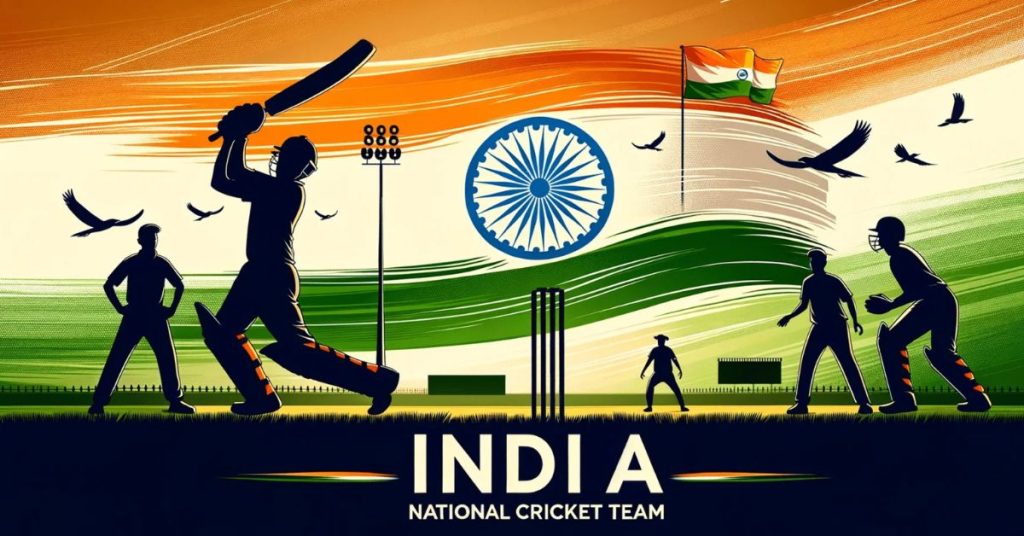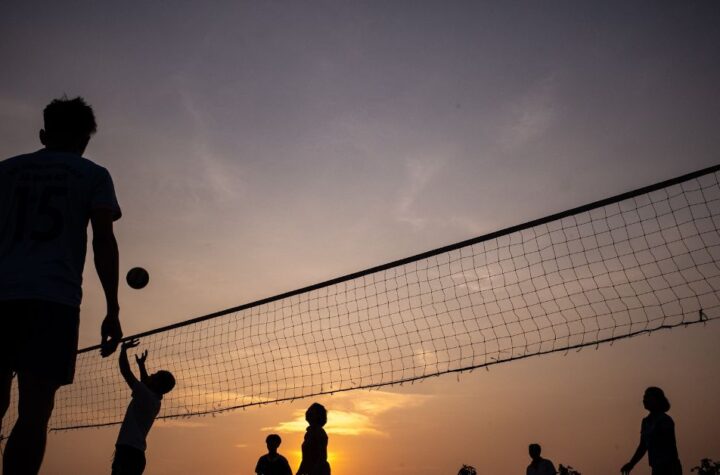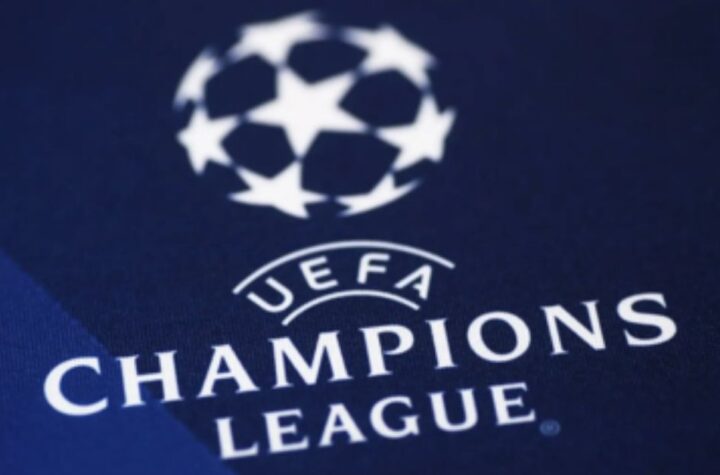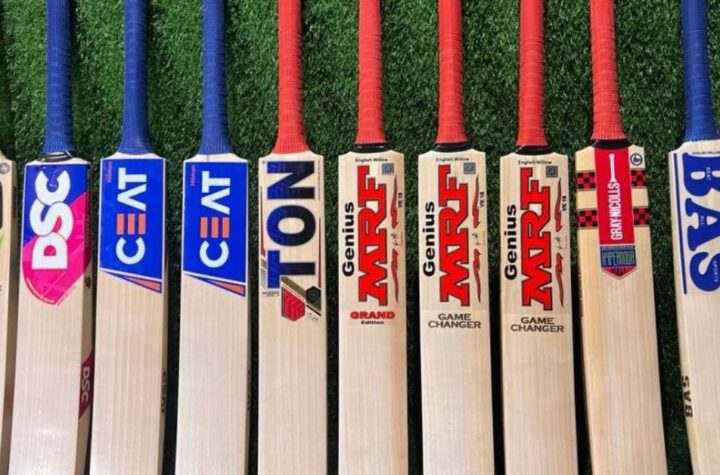
Indian cricket is an immensely popular sport, boasting many sponsors and players well compensated for their efforts. But its success can only be attributed to hard work and sleepless nights.
Colonial India saw Indian businessmen and aristocrats join with British officials to form its inaugural national team, led by Sunil Gavaskar and Kapil Dev – among its early stars.
Cricket is a very popular game
Cricket is an enjoyable game that appeals to people of all ages and backgrounds, drawing large numbers of fans willing to put money on their favorite teams. Playing and watching cricket can also be lots of fun; casual weekend afternoon matches on village greens or top-level international contests lasting five days are great ways to become involved with this sport.
India’s cricket team enjoys wide support, and are the most successful ODI side. India are renowned for their powerful batting prowess with iconic batsmen such as Sunil Gavaskar and Kapil Dev leading their charge alongside spinners Erapalli Prasanna and Bhagwat Chandrasekhar.
India’s national team remains immensely popular due to the large Indian diaspora present in Australia and England, where sell-out crowds regularly attend stadium matches. When tensions arise over selection decisions between regions, protests by locals may occur – as in 1968 when Kalinga Kamgar Sena party disrupted an ODI against Australia in Cuttack.
It is a religion
Over 100 summers ago, the seed for a national cricket team began when the inaugural composite Indian team toured England. Comprising a mix of businessmen, princely aristocrats and publicists as well as British governors, civil servants, journalists and soldiers, they set about spreading cricket around India together.
An intriguing aspect of this team was Baloo Palwankar’s inclusion. A member of Bombay’s untouchable community, his success on tour illustrated how merit trumped caste and religious prejudices.
Though India is predominantly Hindu, approximately five percent of its Test cricketers are Muslims and eight percent are Dalits; this discrepancy can be explained by lack of opportunities in education and sporting spheres, along with economic pressures. Still, statistics don’t give an accurate depiction; it is difficult to ascertain exactly how many potential contributors from both communities were lost due to demographic shifts that skew the results – this issue must be tackled, perhaps through a Parliamentary committee that gathers data and discovers patterns; such a committee could play an invaluable role for our nation!
It unites people
Indian cricket team, commonly referred to as the Men in Blue, is widely considered one of the best and most successful teams worldwide. Led by Board of Control for Cricket in India (BCCI), their rich history includes numerous major tournament victories. Sunil Gavaskar and Kapil Dev were two pioneers who quickly established themselves as world-beating batters while Sachin Tendulkar and Sourav Ganguly became legendary allrounders.
Rahul Dravid has been instrumental in shaping the modern Indian cricket team. His coaching style emphasizes mental toughness and resilience – something which has led to many comeback victories – while still emphasizing technical nuance without interfering with individual styles of the players.
India is currently ranked first in Tests and third in ODIs by the International Cricket Council, making them one of the world’s most beloved teams with over one billion fans worldwide. Their performances bring pride to all Indians; large crowds frequently cheer on when playing abroad – especially when in England, Australia or South Africa where there is an Indian diaspora presence that provides extra support.
It is a sport for men
Cricket has long captured the hearts and imaginations of Indian men, and has quickly become an institution in their country. A simple sport with only three components necessary – bat, ball and two willing participants – cricket has quickly become more than just a sport for Indians; its spirit can be found throughout India from Mumbai’s streets to Sansad Bhavan’s halls.
Indian cricket team was established in 1932 and first competed internationally in Test matches beginning in 1952. Over time, India’s overseas performance has improved drastically since 2000 – winning numerous Test matches across Australia, England and South Africa; winning the 2011 World Cup as well as 2013 ICC Champions Trophy under Mahendra Singh Dhoni as captain.
The Board of Control for Cricket in India (BCCI) is India’s governing body of cricket and represents it at the International Cricket Council. It sells media rights to international matches as well as overseeing sponsorships, future tours, team selection, team sponsorships and selection. Furthermore, they oversee first-class cricket competitions like Ranji Trophy and Duleep Trophy in India.
It is a sport for women
Cricket is India’s most beloved sport and religion for many, yet remains predominantly male-dominated. But this is changing; women’s cricket is growing exponentially in India and recently its governing body announced that women cricketers would receive equal match fees as men; marking an historic win for gender equality.
One in two Indian children aspire to becoming professional cricketers, yet due to female cricket’s dismal state many of these dreams remain unfulfilled. Therefore, Boost has partnered with BCCI in order to foster role models for young girls who aspire to the big leagues – inspiring them towards fulfilling their ambitions and realizing their goals.
GS Harry, one of India’s first academies dedicated to developing female cricketers, says parental fears have long been an impediment to female participation in cricket. But now that cricketers will receive equal pay with male counterparts, more parents may allow their daughters to play. Furthermore, this new pay deal should help combat sexual harassment in cricket which affects many female players in India.





More Stories
Cricket Bat Brands in India
India National Cricket Team Vs Pakistan National Cricket Team Standings
Choosing Gully Cricket Team Names